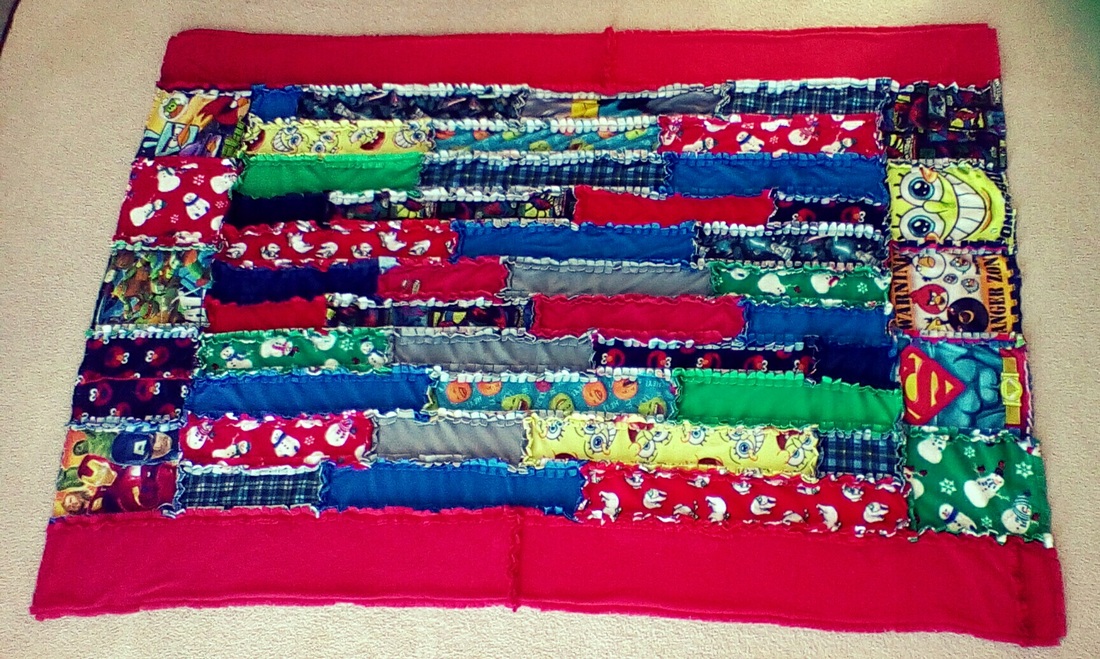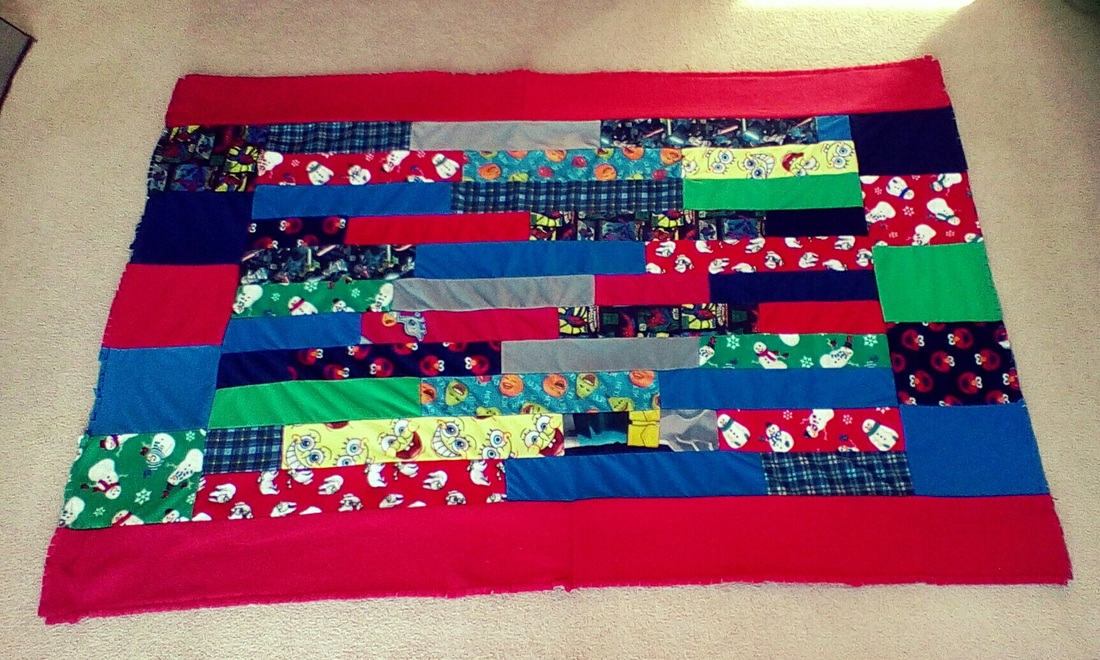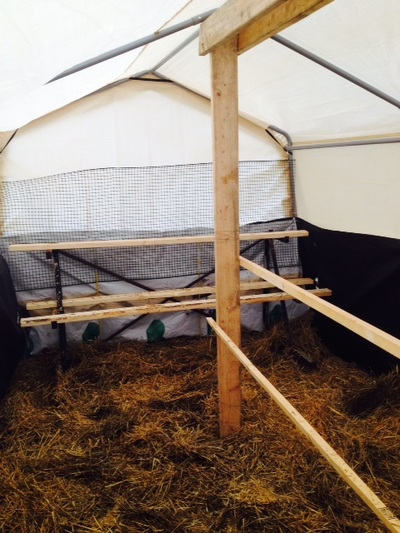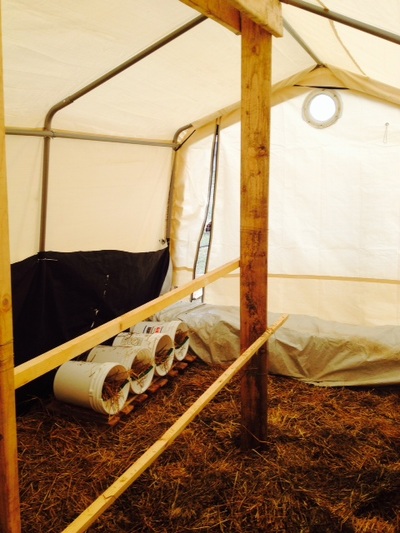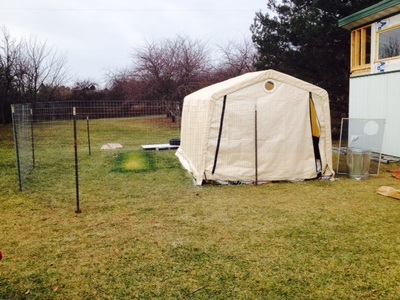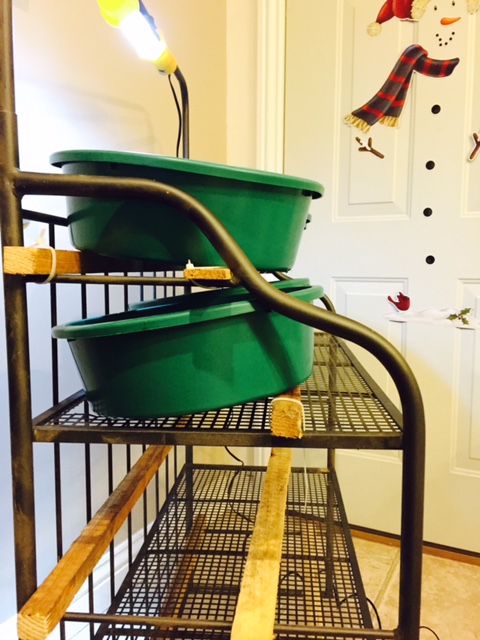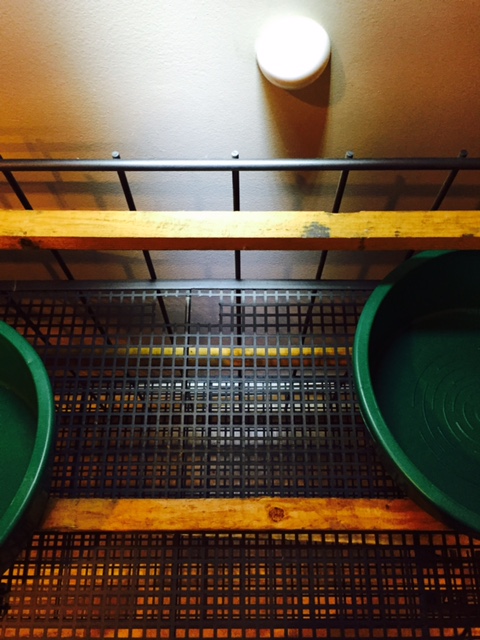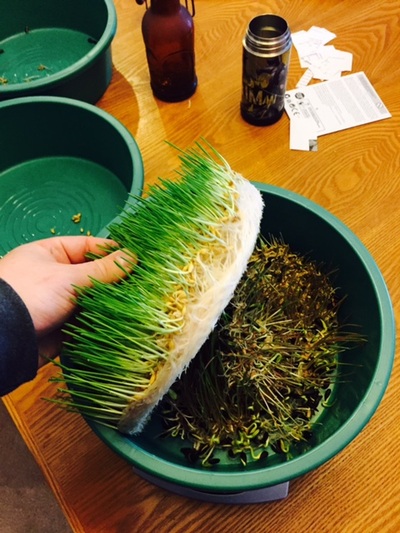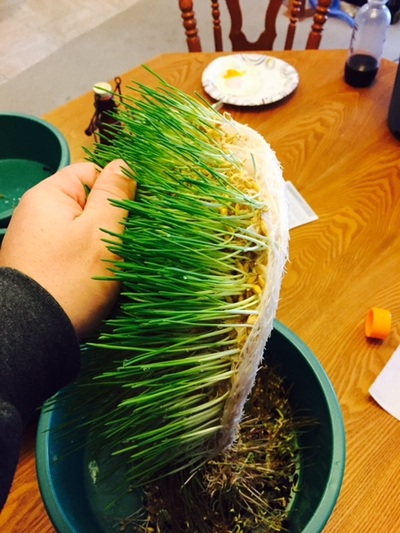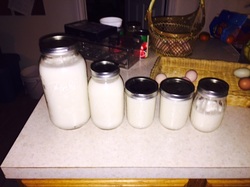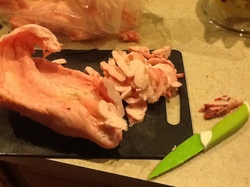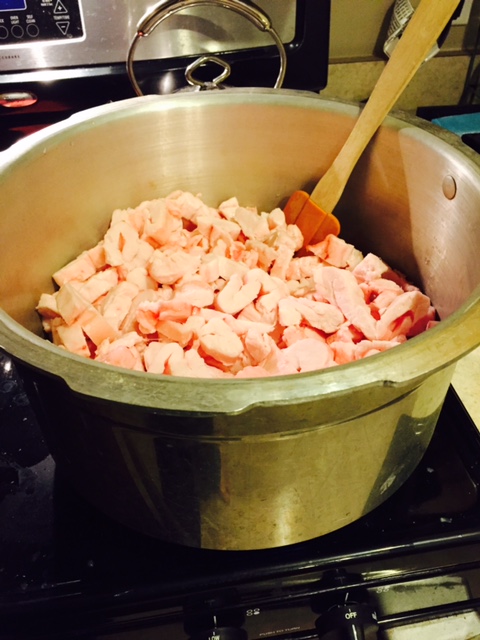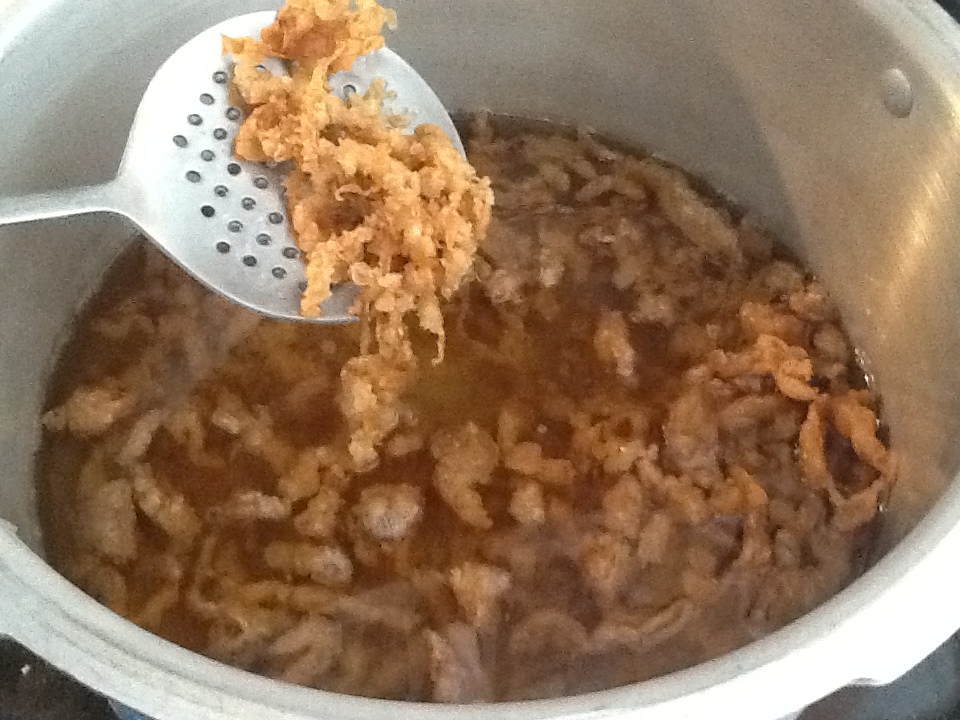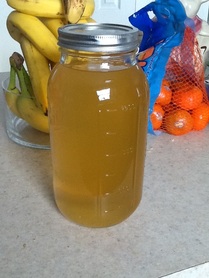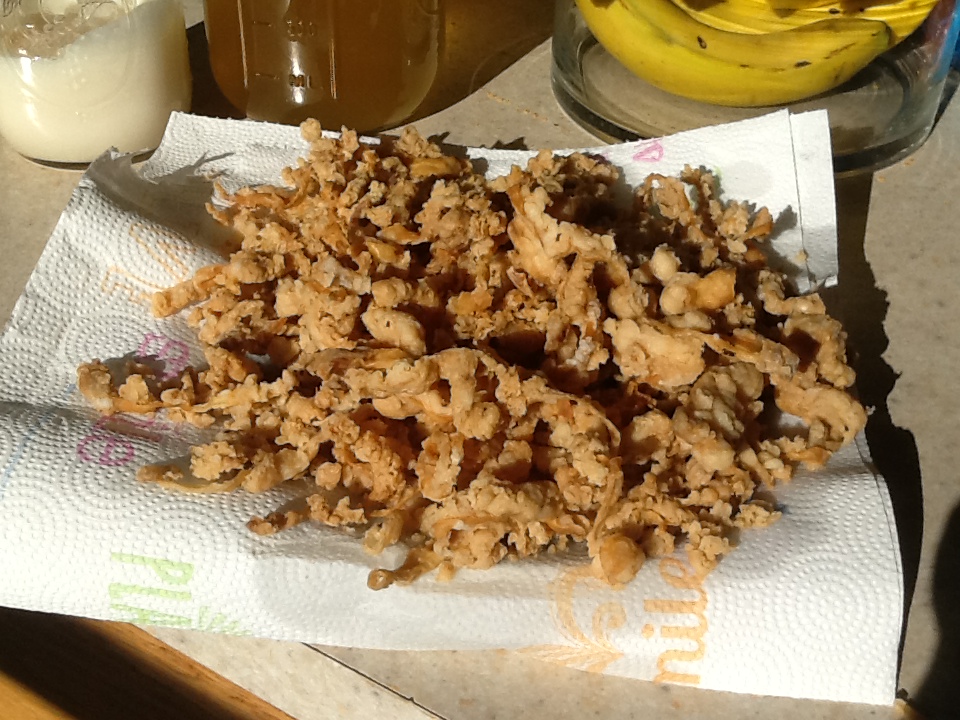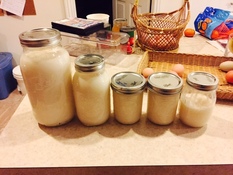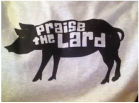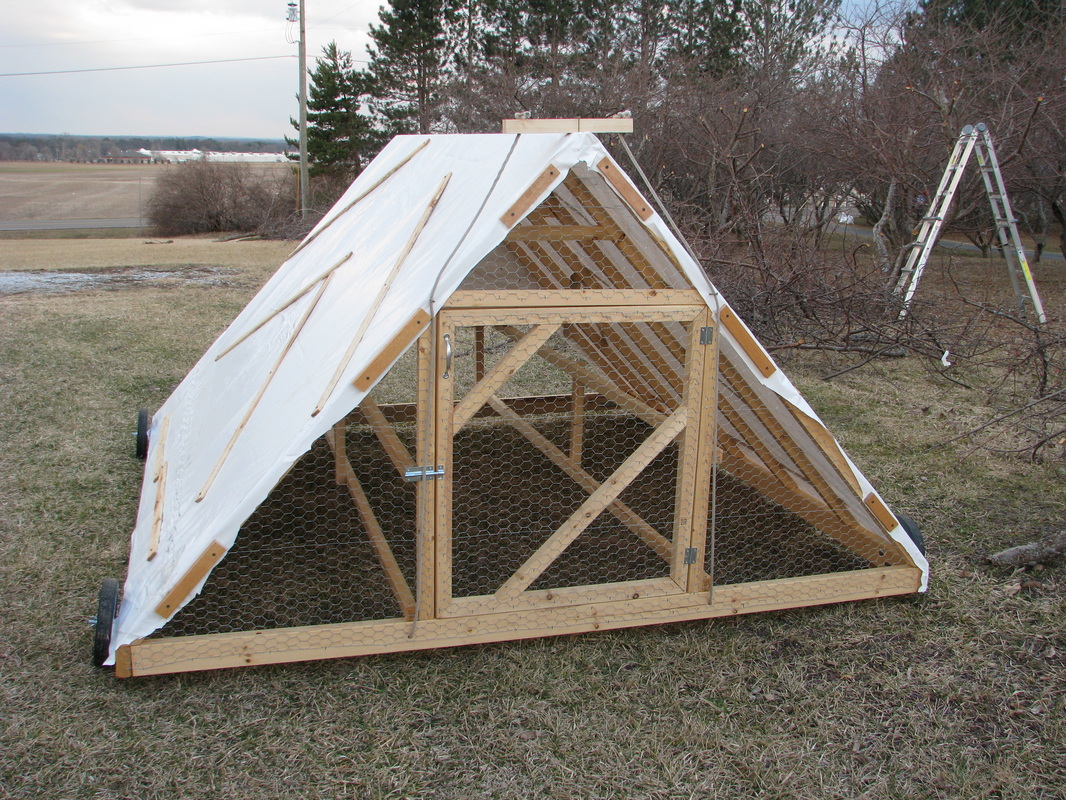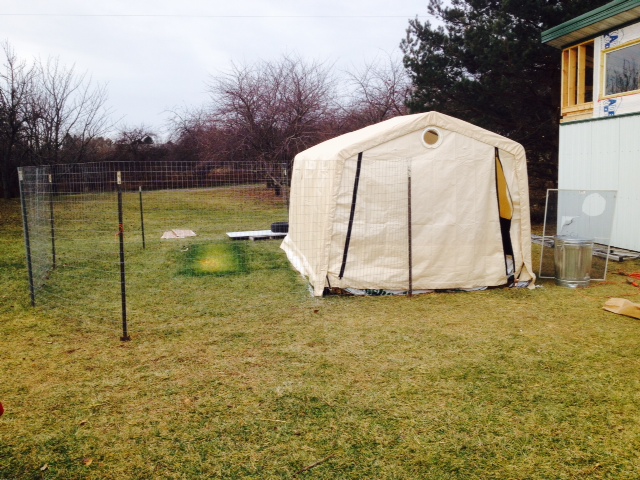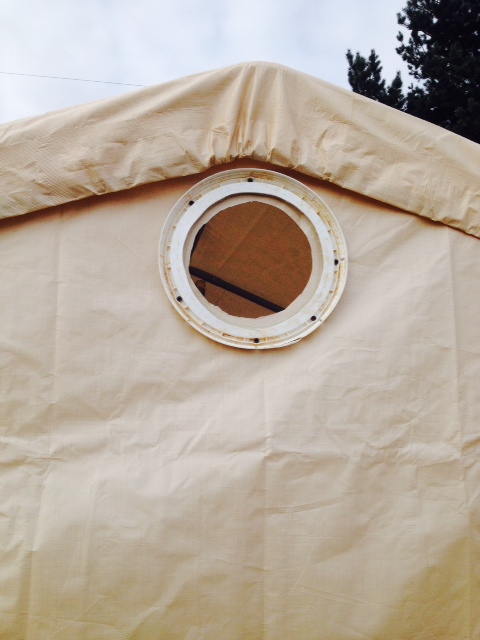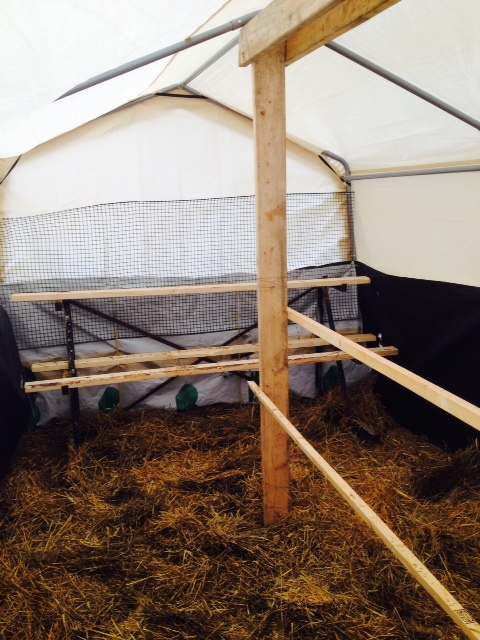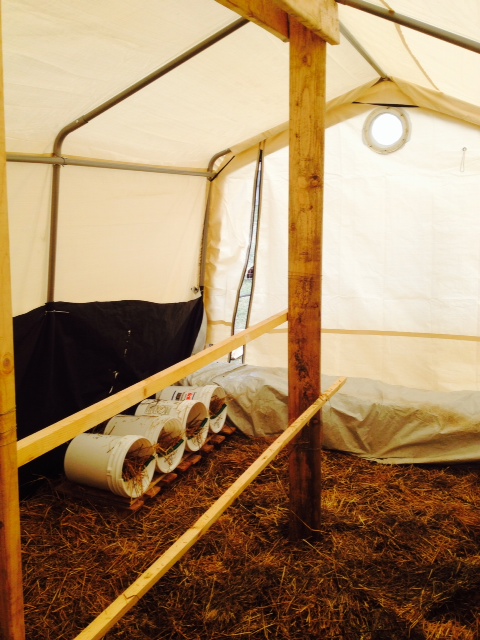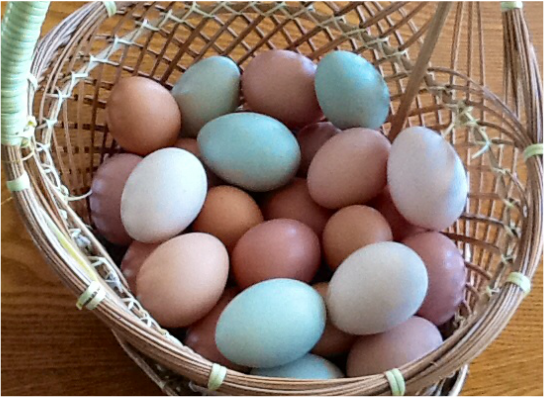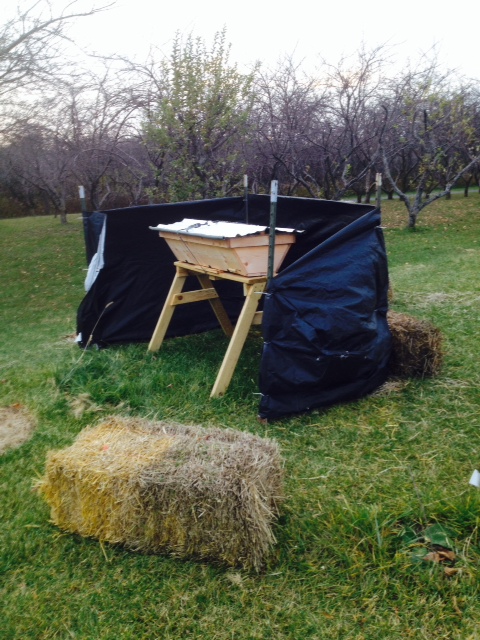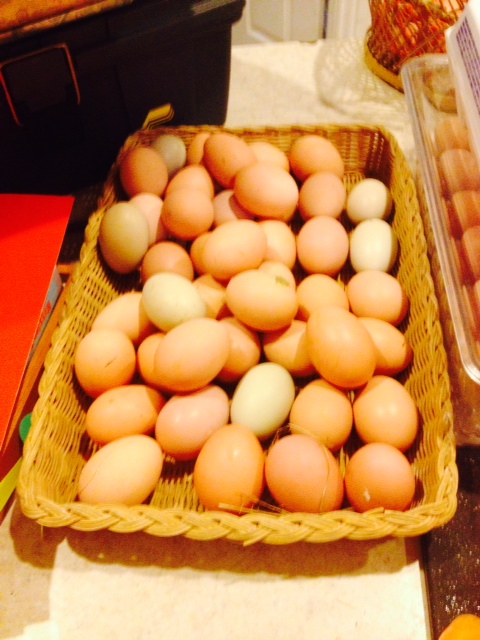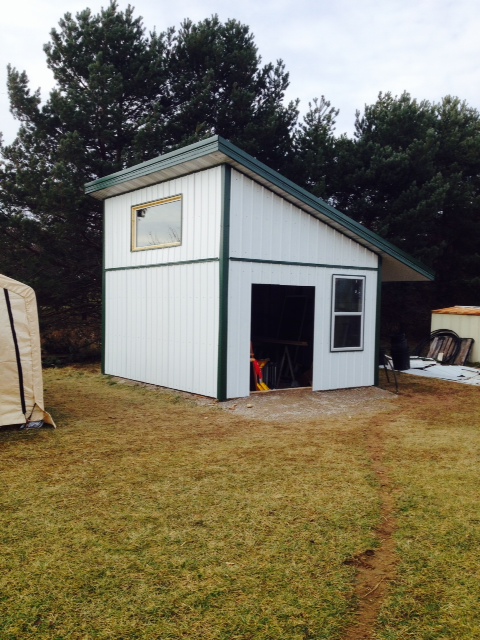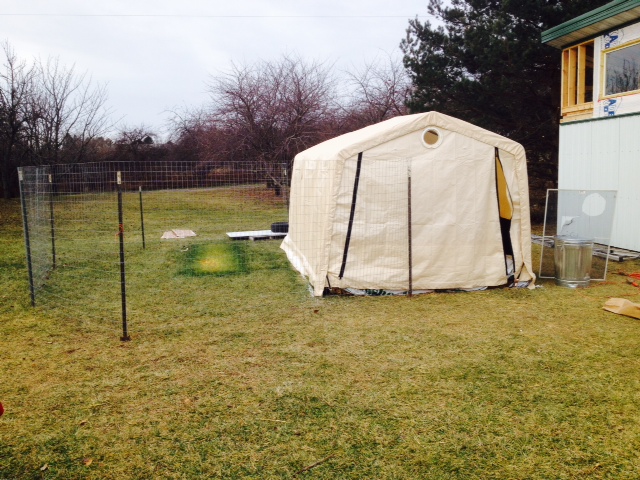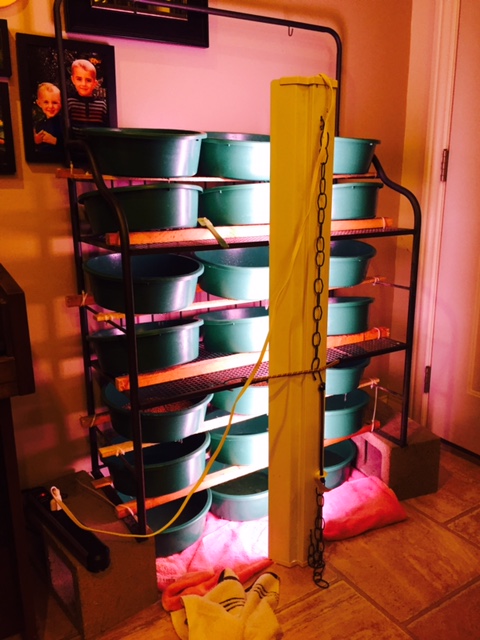Maybe I avoided sewing for so long because my mom was a bit of a sewing expert, and my version of child torture was having to endure hours upon hours of fabric shopping at JoAnn Fabrics. I still feel a bit nauseous just going into that store. But luckily for me, my first sewing project involved piecing together this blanket out of the boys' old fleece pajamas, so I didn't have to set foot in a fabric store.
With that said, I always find myself getting sad when I pack away clothes that both boys have outgrown. Especially pajamas. I think the old jammies remind me of reading books before bedtime and early morning snuggles in bed. Plus, every year the boys look forward to getting new Christmas jammies from us and from my parents (which reminds me of this delightful #Xmas Jammies video). So this year I finally decided to gather the old pajamas and assemble them into a blanket, which is sentimental but also useful. I guess it's not really a quilt since no actual quilting was involved.
The final blanket was completed in three steps. I started out using just the pajama pants. I cut strips out of each leg, and after sewing the front and back part of the pant leg together, I randomly assembled the pieces and sewed the pieces into strips, and then sewed the strips together. That made a nice child-sized blanket, but I wanted it larger, so in a second stage I added 10 rectangular sections from pajama shirts to both ends of the blanket. Once again, I sewed the front and back parts of the shirts together first (thus making the front and the back of the blanket at the same time), and then added those rectangles to the existing blanket. Somehow I got lucky and those pieces that I cut magically fit the existing blanket exactly.
After the 2nd stage, the blanket was plenty long, but not wide enough to comfortably cover me and a child on my lap at the same time, so I added wide strips from an old, unused blanket to both sides.
Diana

